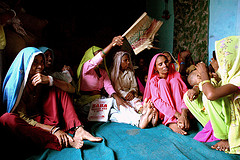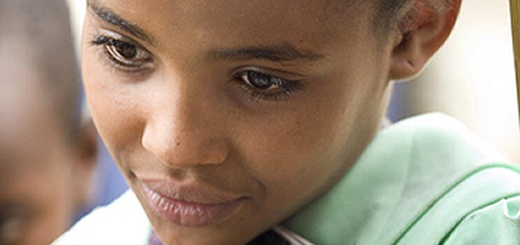
For students around the world, the difference between a future that allows them to reach their potential and one that will force them to struggle can often be small. All they need to succeed is a course or class that will provide them with marketable skills in a promising field. However, those course or class fees, no matter how drastic an impact they might have on the future of a student, can often be out of the financial reach of students from humble backgrounds. How might their prospects improve, then, if they could just pay for one course or set of fees? What if you could help?
Pay It Forward. Then Get It Back.
Vittana is a group that is bringing microfinance (lenders give small, timely, and directed loans to underprivileged people) to the world of education. Similar to other microfinance websites like Kiva.org, Vittana is about connecting donors with promising go-getters around the world. Where it differs is that, instead of funding an entrepreneurial product, you are funding a person’s education. Here’s how it works:
- Search through their list of students who are posting about their educational need (what they are studying and how much it will cost to realize that aspiration).
- Give them a loan of any size (up to the limit, natch) towards their goal.
- Receive updates on how they are doing towards their goal.
- Wait for them to pay you back.
All in all, it is a great way to support education for people in the developing world and make a difference. For more information, check out their pretty comprehensive FAQ.
How It Works
Need more convincing? Check out their TED talk:
Do you know of any other educational websites that are making a difference in the lives of people around the world? Let us know in the comments…

I think this a great resource to make our students more globally aware. I teach in a school district where students come from all over the world and often they come because their parents are here for an education. Showing our students this program and implementing it could benefit them and our society as a whole. I am excited to introduce this to my classroom and school not only because of the benefits for those in need, but also because of the personal connections my students could make. How are you seeing this used in schools?
Four years ago, our principal gave each classroom $25 to donate to KIVA. Each year, the money is paid back and classrooms are asked to re-invest.
What a great lesson for students.
Janet | expateducator.com
Thanks for this resource. What a great place to direct people who want to make a difference in education but may not have a direct connection with a school or classroom. I have many younger friends in this position, and I am glad to share this with them. I like that the donor’s can match their own interests to the work of students around the world. I am also wondering if we could connect students, grade levels, and countries by having a class or school-wide service project where the students are raising moeny to benefit another student in another country. I think it could be very motivating.